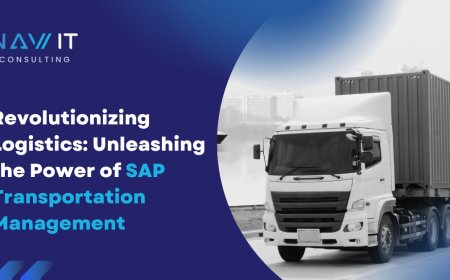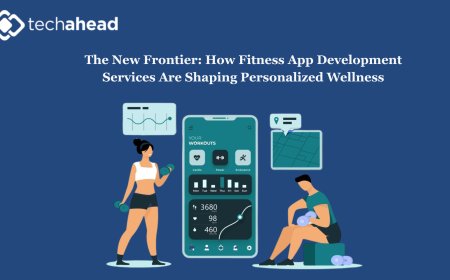Guide to Payroll Automation: Benefits, Processes & Solutions
Explore this guide to payroll automation – learn its benefits, processes, and solutions to streamline payroll and boost HR efficiency.

Since payroll is one of the most critical aspects of employee management, HR and finance teams strive to ensure that payroll processing is done accurately, every salary cycle. From ensuring timely payments to complying with the ever-changing tax and other labour-related laws, payroll processing demands accuracy and speed.
However, when undertaking it manually, HRs often find that manual processing is riddled with errors, which often leads to delays and statutory fines. It also leads to disengagement from the employees as they feel that their organization does not value them enough to provide accurate wages on time.
This is where a robust payroll solution comes into the picture. This handy guide will provide you with the various benefits of deploying a dedicated payroll software; while helping you understand the key processes that should be automated for effective and efficient payroll processing.
What is Payroll Automation?
Payroll automation is the application of software to handle all payroll management tasks such as salary calculations, tax deductions, payslip generation, compliance handling, salary disbursals, and records-keeping.
Payroll software ensures that you calculate employee payroll accurately, while seamless integration with other systems like HR software ensures easy flow of data, ensuring efficient processing. Modern payroll systems even employ Artificial Intelligence and Machine Learning to provide you with precise payroll processing every salary cycle.
Benefits of Payroll Automation
Modern businesses should be ready to tackle any challenges thrown at them and hence, their employees should remain engaged with their organization. In this digital age, when even start-ups are scaling rapidly, automating your payroll management provides you with several benefits, such as:
Accurate Wages
Since payroll processing involves complex calculations, it is prone to manual errors which can also arise during the input of data like attendance information, tax deduction information, etc. It can lead to major issues in the form of legal penalties and employee dissatisfaction.
Time Savings
Since payroll software automates the entire process of calculating and distributing employee wages, it provides the HR and finance teams with increased savings in time. The time spent on manual calculations and data verification can instead be rerouted towards strategic tasks such as keeping employees engaged and satisfied.
Automated Compliance
Employee payroll is regulated by various laws and regulations such as the Income Tax Act, Code on Wages, Industrial Relations Code, Occupational Safety, Health and Working Conditions Code, etc. A robust payroll software remains updated about the changing provisions of these laws, providing you with complete peace of mind.
Reduced Costs
Once employee payroll is automated, it improves the overall efficiency of the payroll management process, resulting in improved savings in time, effort and the overall cost required in processing employee payroll.
Improved Transparency
Modern payroll software provides a dedicated employee self-service portal, which the employees can use to gather their salary information. They can download their pay slips, submit reimbursement requests, or even view their tax declarations, ensuring transparency.
Secure Database
Since payroll information should remain confidential, payroll software also provides a secure encrypted database, along with role-based access control, ensuring data security and integrity. It eliminates the risk of data theft or manipulation.
The Payroll Automation Process
Here is the step-by-step process of payroll automation:
1. Employee Data Collection
The first step is to collect employee information, which includes their complete employment profile, their salary details, and other information relevant to payroll processing such as their shift details, overtime information, and more.
2. Attendance Data Collection
The next step is to collate the attendance data for the purpose of calculating employee salaries. It includes the data as to the exact working hours of the employee, their leave information, overtime and late-coming details, etc.
3. Salary Calculation
Once the relevant data is collected, the system begins the process of calculating employee wages. It considers all the factors that affect salary calculations such as bonuses, arrears, reimbursements, etc. to reach the final amount.
4. Deductible Removal
Once the final amount is calculated, the deductibles are removed from the amount. These deductions include Provident Fund, Professional Tax, ESI, TDS, etc. along with any voluntary contributions such as medical premiums, life insurance premiums, etc.
5. Payslip Generation
After removing the aforementioned details from the salary, the amount is finalized and the calculation information is transformed into a payslip, that is shared with the employee.
6. Salary Disbursal
The next step is the disbursal of employee salary. It can be undertaken in different forms, such as depositing the amount directly into the employees bank account, sharing a cheque, or even giving cash.
7. Report Generation
Once salaries are distributed, the next step is to generate statutory and other reports. The statutory reports are submitted to the authorities at pre-defined intervals, while the other reports are used for internal payroll analytics.
8. Audit Trail Generation
Finally, companies are also required to maintain logs and backups of the data for compliance and audits. It ensures that the company has the relevant details whenever an audit is undertaken.
Conclusion
Payroll automation is the need of the hour, as the world moves towards a completely digital age. To ensure that you remain ahead of the curve, it is essential to automate your payroll using robust payroll software, ensuring accurate salaries and engaged employees.







































